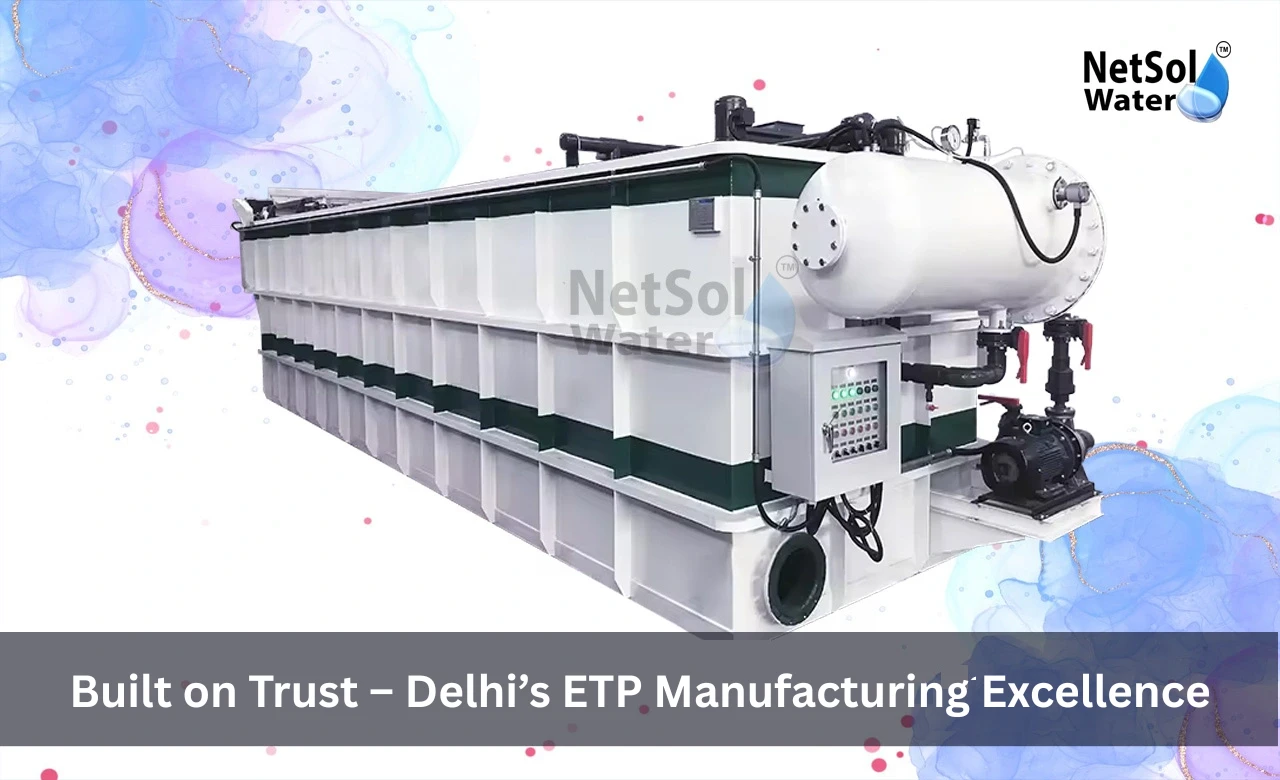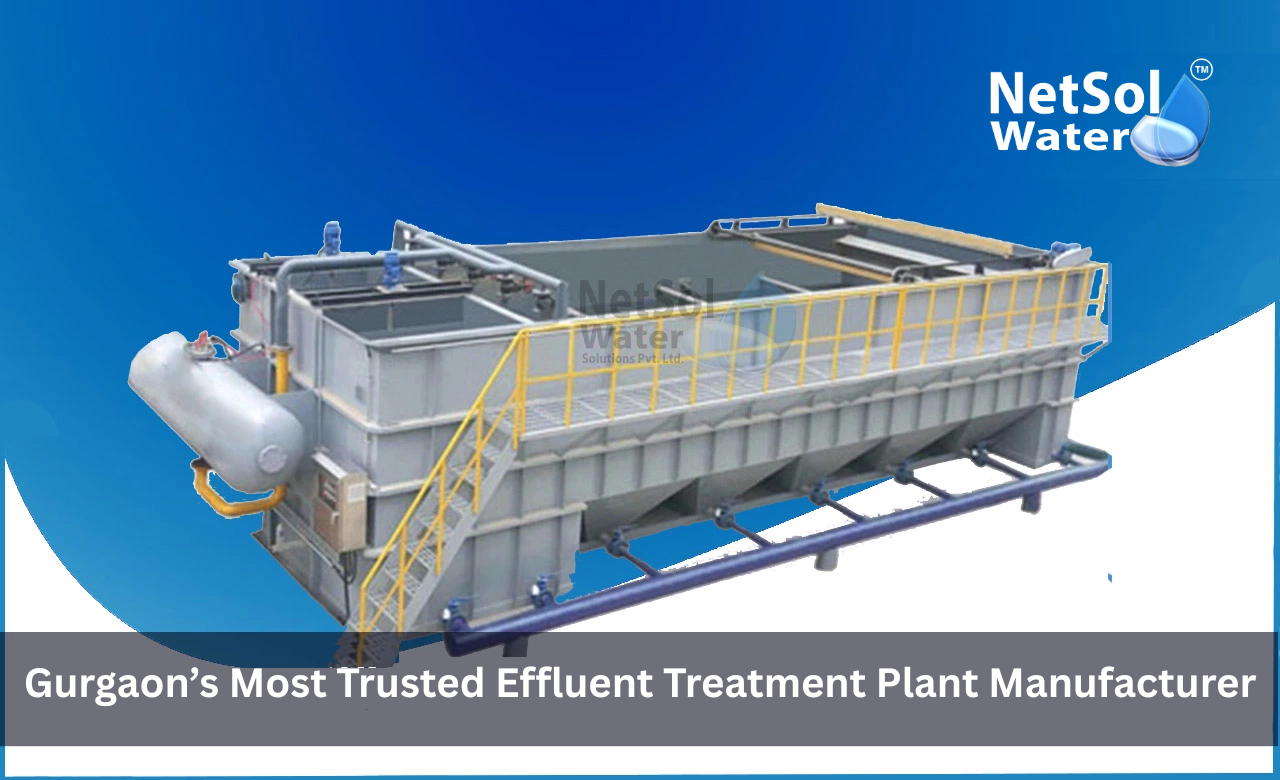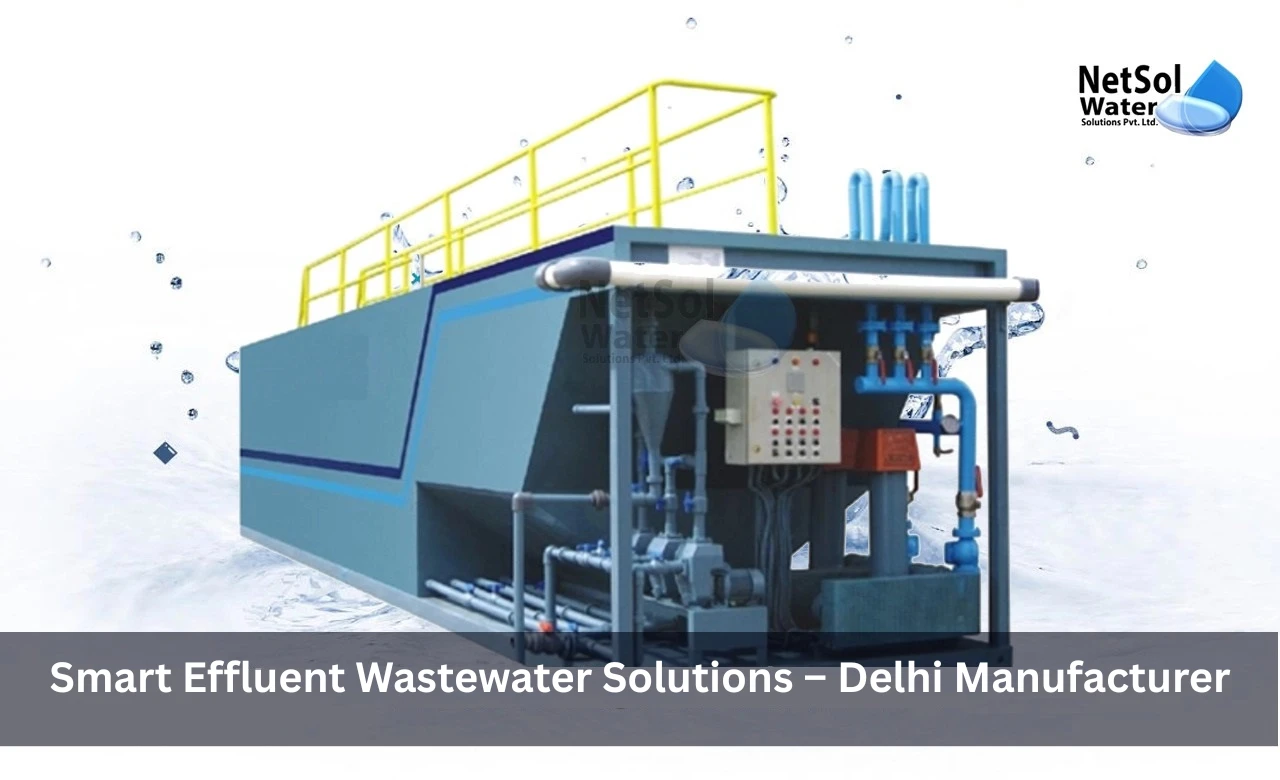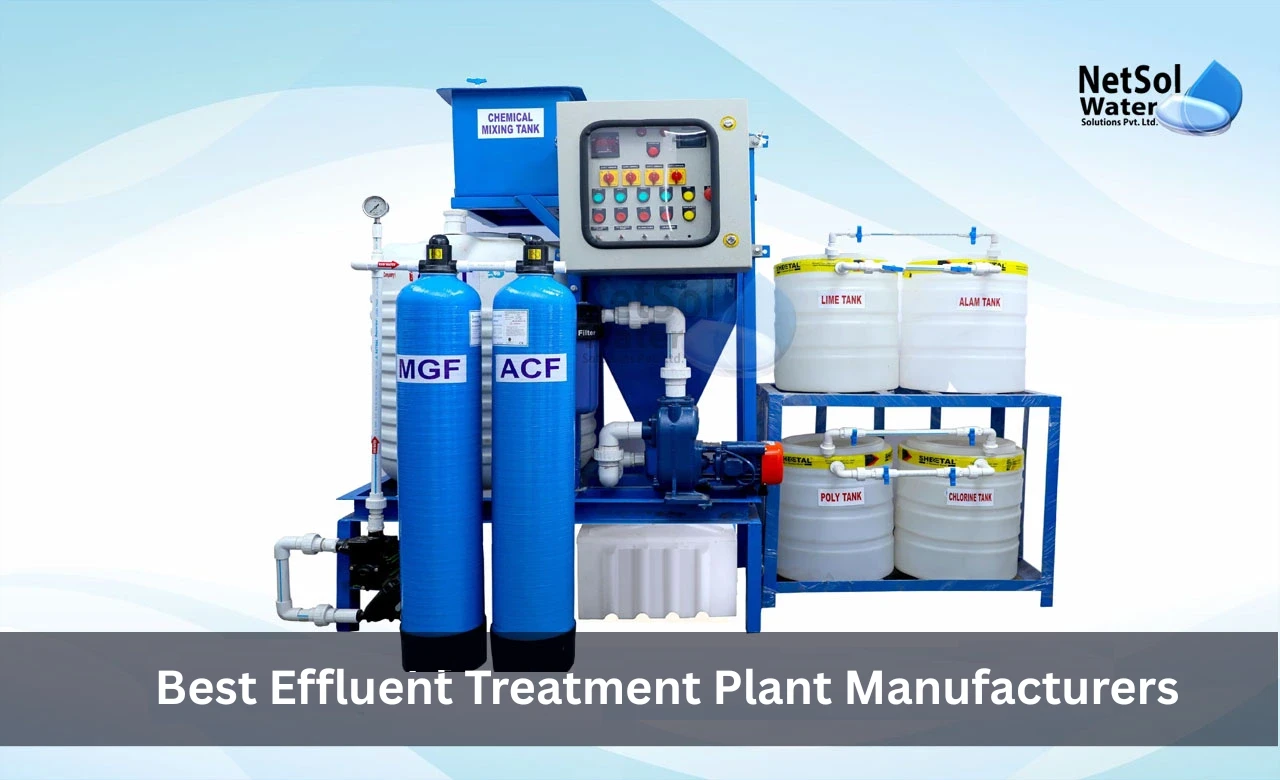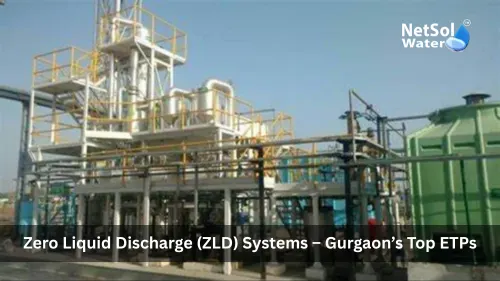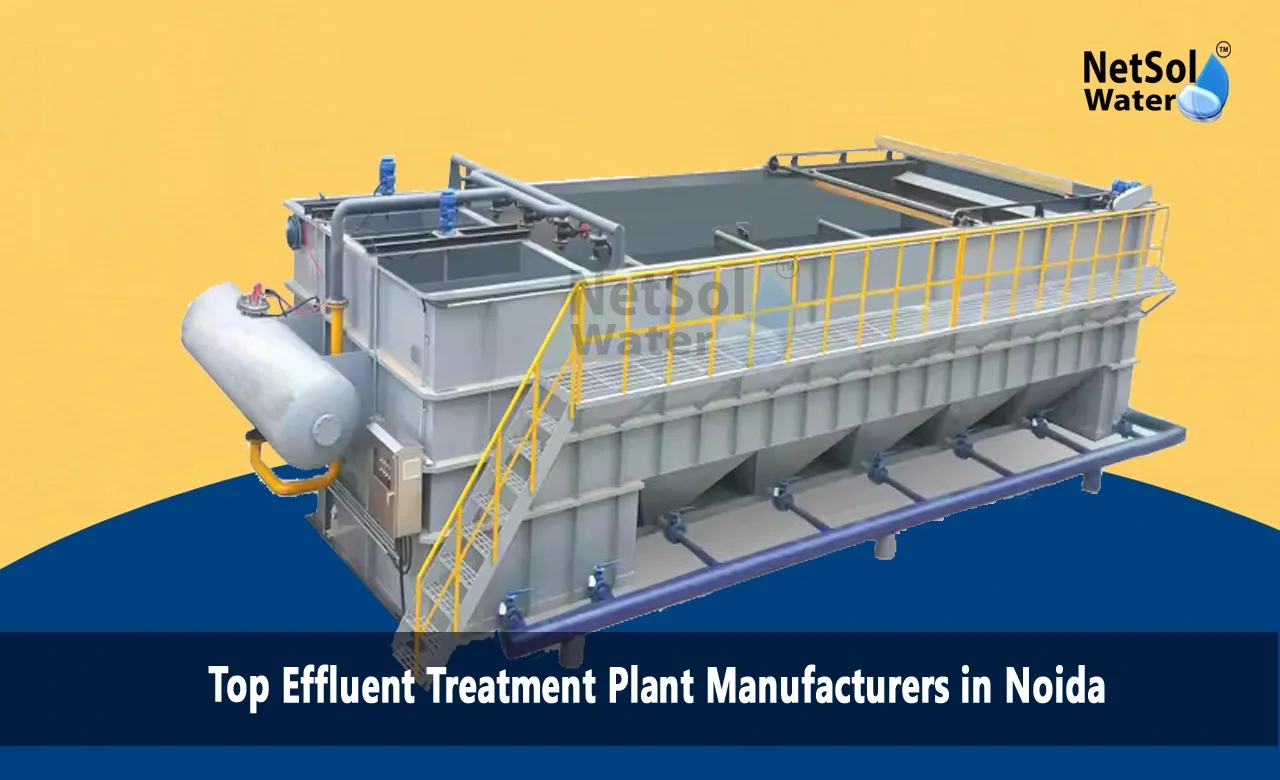Built on Trust – Delhi’s ETP Manufacturing Excellence
As industries grow, they produce increased amounts of wastewater that must adhere to strict treatment regulations. Protecting Delhi’s water bodies is essential, and local laws require each facility to treat its own effluent. Netsol Water has established itself as a leading Effluent Treatment Plant Manufacturer in Delhi. We understand the specific needs of the city and design plants that comply with all regulations. We will explore why Netsol Water is a trusted choice for ETP solutions.
Our Design Approach
A strong plant starts with clear design that matches each client’s needs. Netsol Water works closely with each site to map out requirements and to meet local rules. Let us have a look on some steps we follow.
Site Assessment and Data Gathering
We begin by visiting your location and sampling raw effluent. We note flow rates during peak hours and record pollutant levels. We map out available space for tanks, reactors and pumps. We study Delhi pollution norms so we set precise targets. This hands-on survey avoids surprises and cuts project delays. We then carry samples to our lab and we test for pH, organics and heavy metals. We log each finding in a shared portal that our design team uses at once.
Personalized Layout Planning
Using site data we draw a custom layout that fits your floor plan. We place each tank, skid and pipe run to avoid wasted area. We then share the plan with you for feedback. This review lets us refine every detail before we start manufacturing. This clear plan sets the stage for smooth manufacturing and swift installation.
Key Features of Our Effluent Treatment Plants
Performance depends on quality parts and proven processes. Netsol Water equips each plant with core elements that deliver lasting results. Let us have a look on some features that make us leading Effluent Treatment Plant Manufacturer in Delhi.
Precision Chemical Dosing Stage
The first stage in many plants balances pH and removes heavy metals. We fit chemical dosing modules that measure acid or alkali in exact amounts. These modules include mixing tanks with built-in stirrers for even blending. This step reduces chemical waste and holds treatment levels steady over time. We factory-test each pump and we verify accuracy on site before handover. This care at the first stage ensures a strong foundation for all downstream steps.
Robust Biological Treatment Reactors
After physico-chemical steps we move to biological treatment. Our reactors host microbe colonies that digest dissolved organics. We pack each tank with fixed-film media that offer high surface area for bacteria to cling to. We pipe in air through blowers to maintain optimal oxygen levels. This natural process breaks down pollutants efficiently. We choose media that resist clogging so your team spends less time on cleaning and more time on production.
Efficient Solid-Liquid Separation
We separate sludge with a clarifier. We use lamella plate settlers that speed up settling in a small footprint. Plates sit at an angle so solids slide down into a hopper. We fit automatic scrapers that clear solids into a drain for quick removal. This step prevents sludge from returning to the water and it delivers clear effluent ready for discharge.
Installation and Commissioning
Netsol Water plans each phase to avoid delays and to hand you a plant that works at once. Let us have a look on how we handle setup and initial runs.
Pre-Installation Planning
We mark tank spots, inlet lines and outlet points on your floor plan. We use CAD tools to draw precise layouts that match civil and electrical drawings. You review and approve the plan before we cut steel or pour concrete. Once the site readies we deliver pre-fabricated skids and pipe racks. This planning keeps the timeline on track.
On-Site Assembly and Testing
Our crew bolts skids in place and they weld pipes to industry standards. We fill each module with water and we run pressure tests to spot leaks. Once we pass dry tests we load real effluent and we log pressure and flow readings each hour. We adjust valves to tune the process and we guide your operators through each control step. By the end of commissioning your plant runs under normal load and your staff can handle daily checks on their own.
Conclusion
Partner with Netsol Water the proven Effluent Treatment Plant Manufacturer in Delhi. Our design expertise and support make us the best choice for Effluent Treatment Plant. Contact us today for more information or to request a consultation. Our staff will guide you to the right plant for your site and budget.

